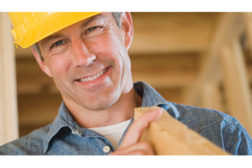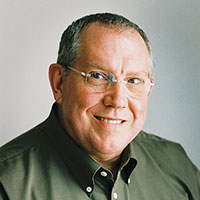Home » perceptions
Articles Tagged with ''perceptions''
The great challenge confronting EHS pros
It’s communication — is your message getting through?
September 1, 2011
Practical drift and writing safety rules
Behaviors get loose when procedures are too tight
August 2, 2011
Become a Leader in Safety Culture
Build your knowledge with ISHN, covering key safety, health and industrial hygiene news, products, and trends.
JOIN TODAYCopyright ©2025. All Rights Reserved BNP Media.
Design, CMS, Hosting & Web Development :: ePublishing











